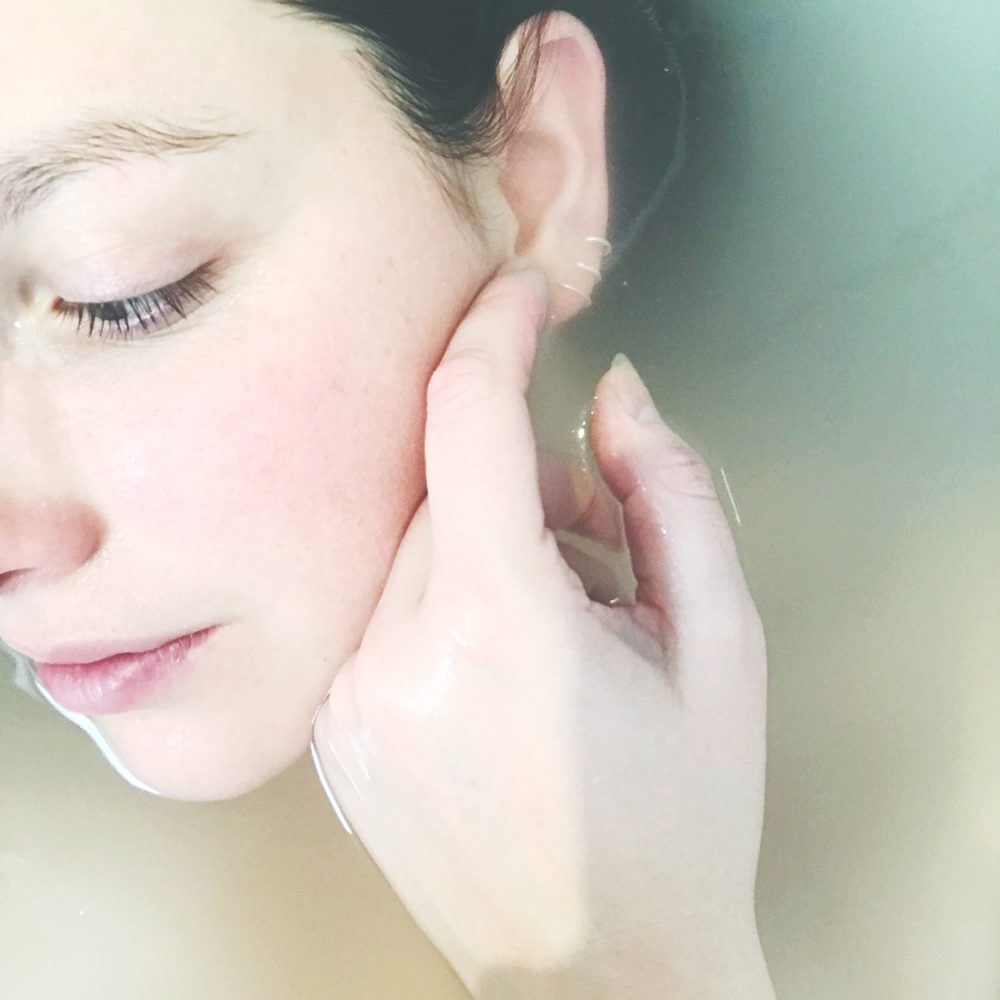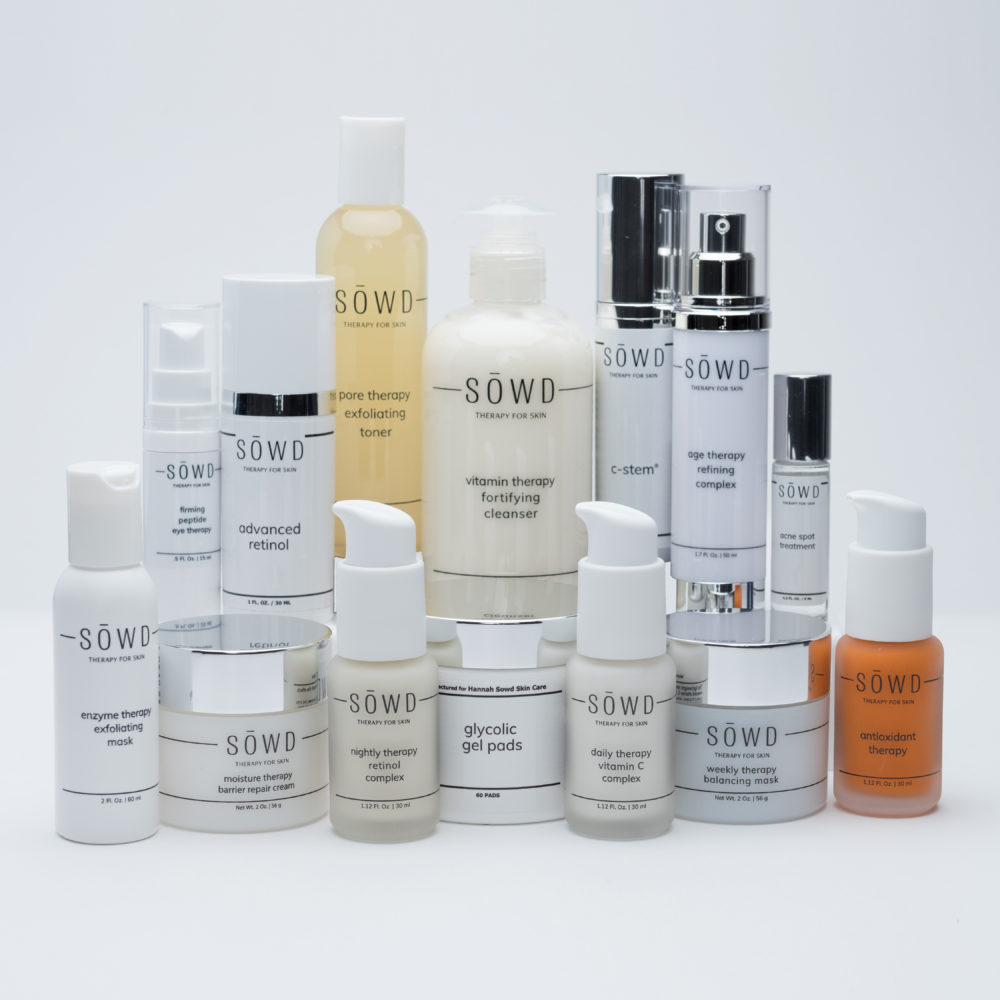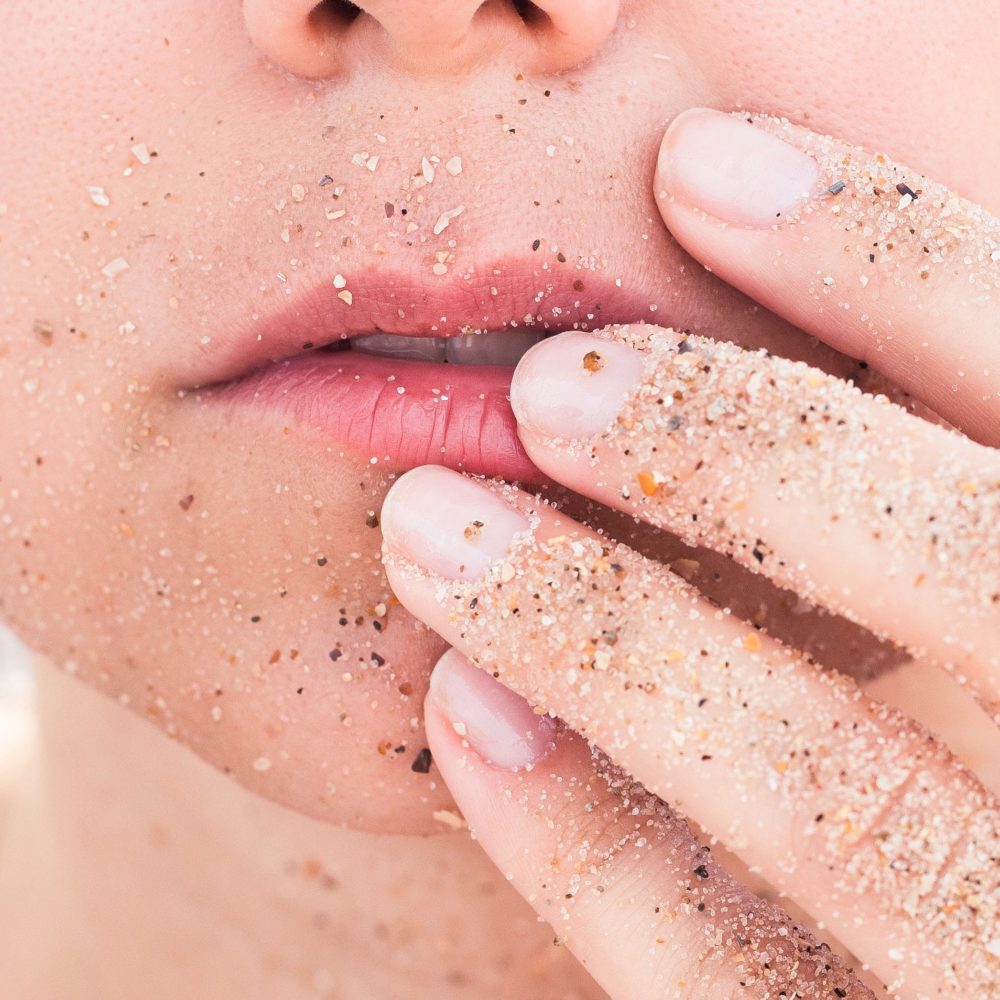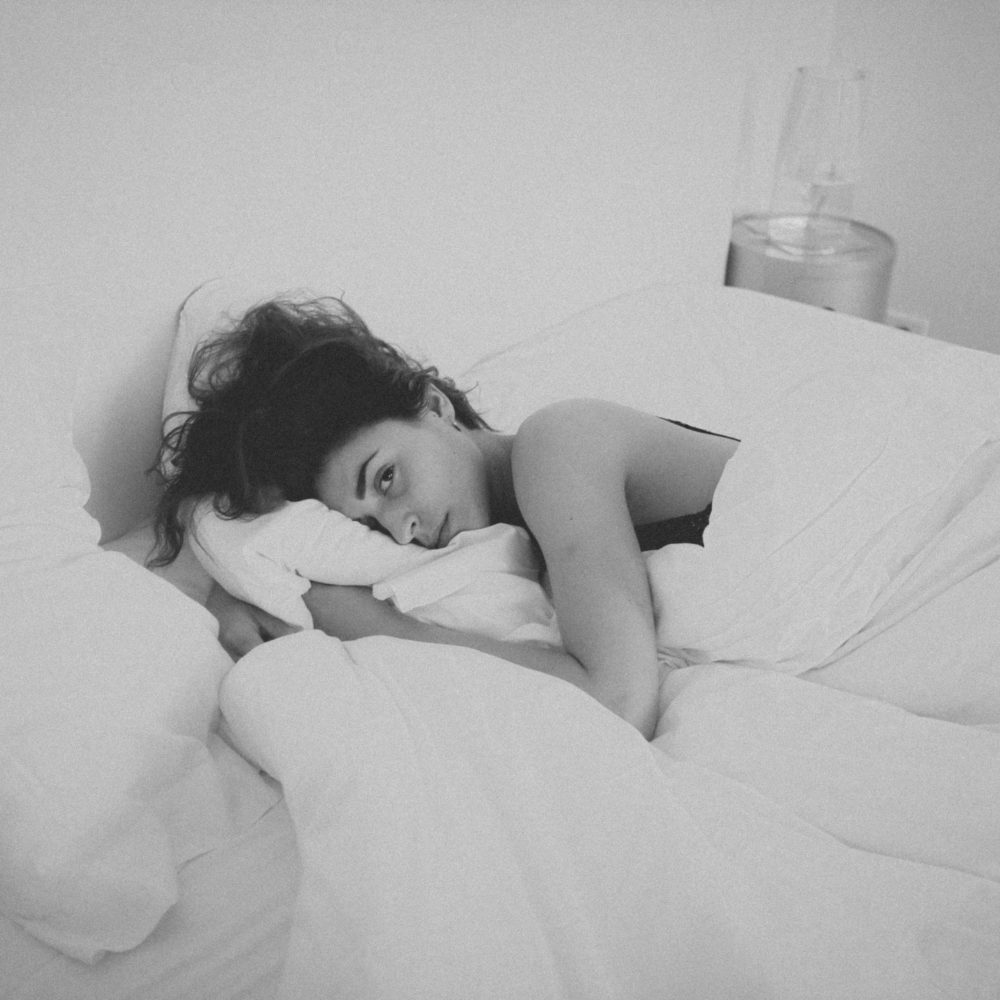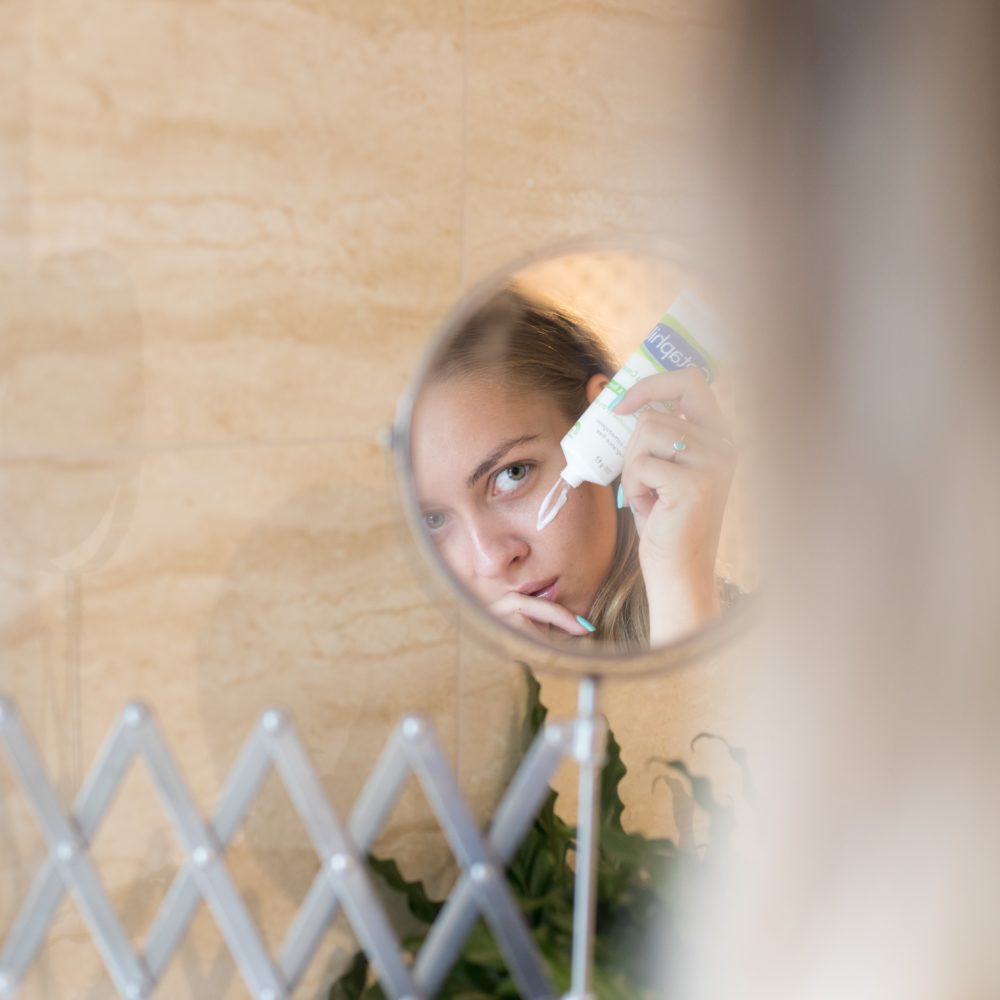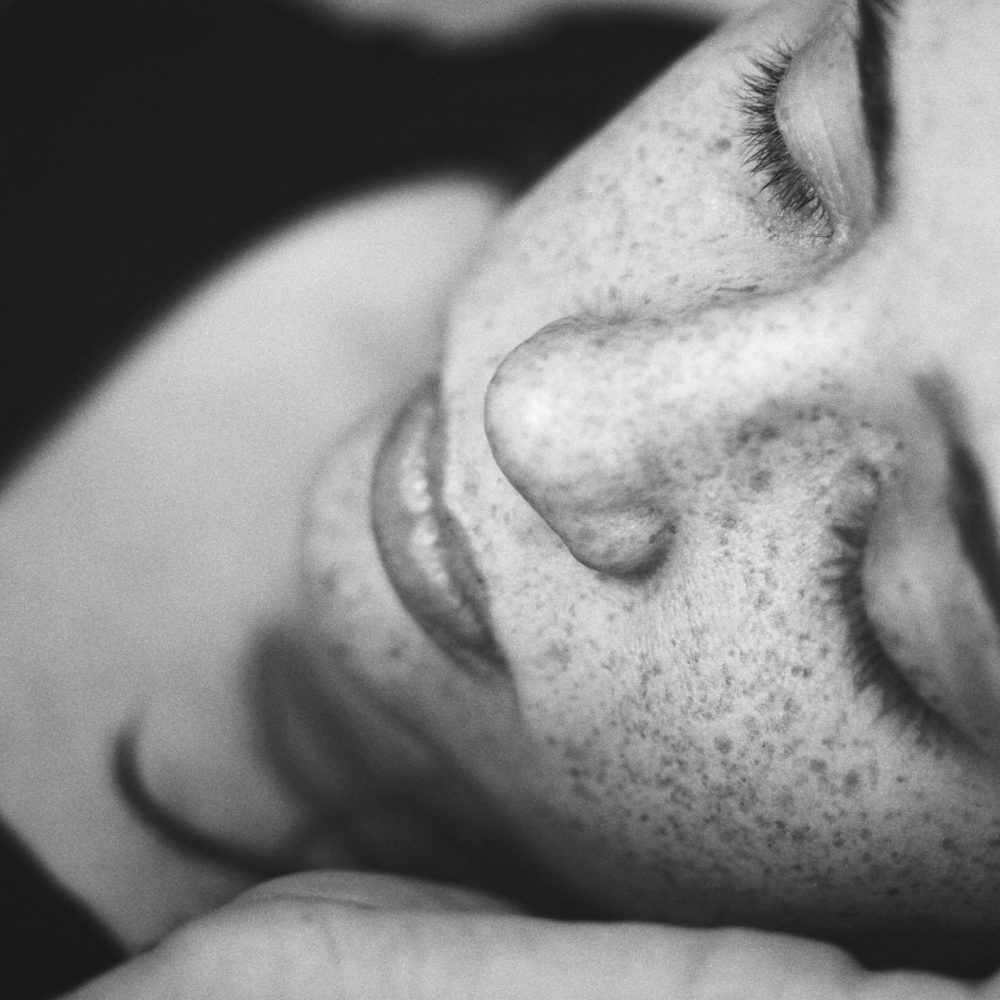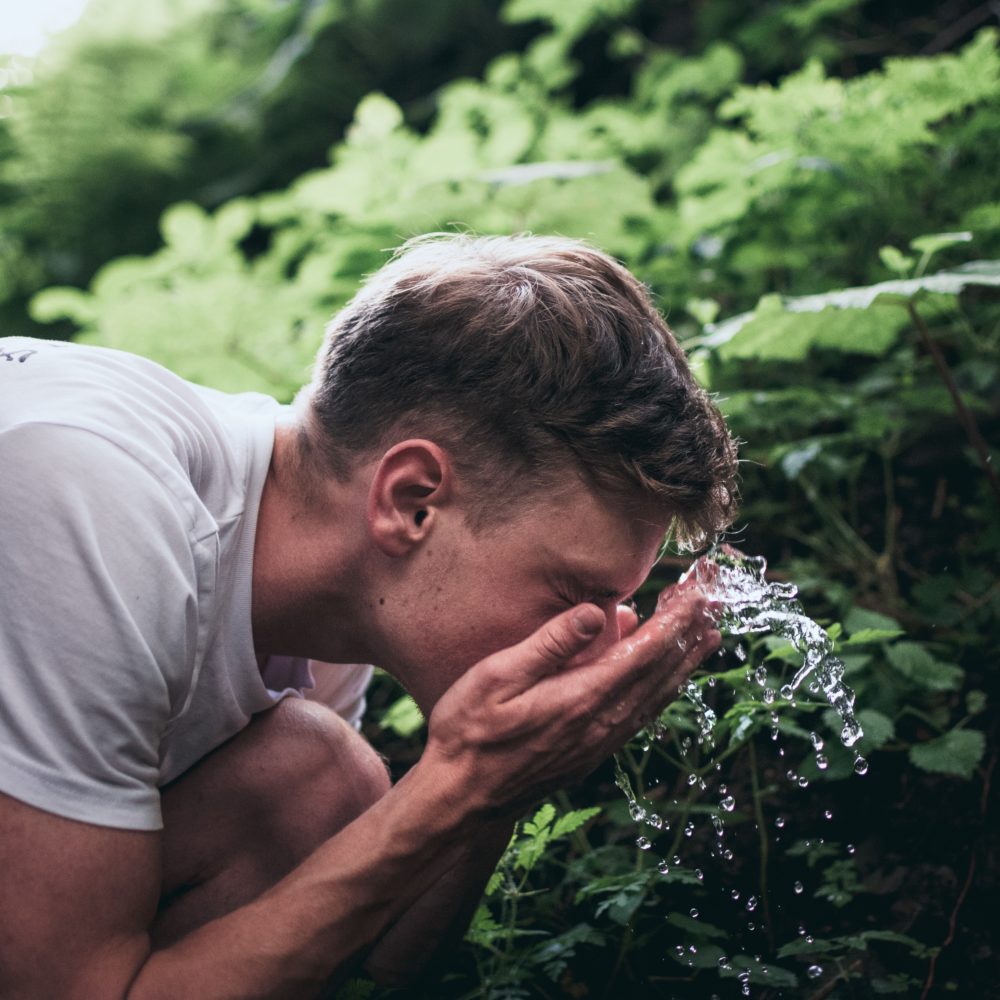Distance runners each have a unique skin type, but certain aspects of skin care can apply across the board. Exposure to the elements for long periods of time take a toll on the skin so proper care is important.
Wash your face.
Wash your face morning and night as well as before and after your run.
Yes, I just told you to wash your face 3-4 times on the days you run. And yes, you need to wash your face in the morning before you roll out the door in your running shoes.
Overnight your skin has been busy shedding cells and producing oil. You also (hopefully) have a nice layer of moisturizer or treatment cream on from your evening routine. Start with a clean slate before you get sweaty.
Running in the afternoon? Your skin gets dirty from walking around the city even without makeup. Look at your car windshield after an hour of driving. Or when working from home, look at the windowsill of your open window…
A quick cleanse before you slap on sunscreen and sweat thru a run does a lot to keep your pores clean and your skin healthy.
Find a gentle cleanser that removes dirt and oil but doesn’t over dry your skin. If your cleanser leaves you feeling “squeaky clean”, it’s too aggressive.
Use a physical SPF.
A physical SPF (sometimes labeled “mineral”) is one that contains zinc oxide or titanium dioxide. Every other SPF ingredient in a chemical SPF.
Physical SPF forms an invisible barrier on the skin to reflect the rays of the sun and keep the surface of the skin cool. It helps prevent sun induced pigmentation as well as protect from skin cancer and aging. This layer of protection also helps minimize skin irritation from wind and cold.
Chemical SPF absorbs the rays of the sun which can heat the surface of the skin. It may cause the skin to flush and doesn’t protect against sun induced pigmentation. Chemical SPF is the sunscreen that burns when it gets in your eyes!
The majority of SPF products marketed for “sport” are water resistant for up to 80 minutes. No SPF is waterproof. A general guideline is reapply every hour if you are outdoors and sweating.
Choose an SPF of 30 or higher and check the percentage of active ingredients to determine the strength. The back of the tube will list the active ingredients separate from the full ingredient list, a good SPF will have at least 10% combined zinc and titanium dioxide.
Double your protection with shade elements like a hat or visor when you will be out for longer than an hour. My running buff works as a face mask AND prevents the back of my neck from sunburn!
Schedule a yearly mole check with your dermatologist. This should cover your entire body and scalp, be sure to point out any moles you think may have changed during the year. Be honest about your sun exposure and sunscreen compliance.
Two of my favorite sunscreens for running are:
Neutrogena SheerZinc Face Mineral Sunscreen SPF 50
iS Clinical Eclipse SPF 50+
Use a gentle exfoliant.
In addition to your daily cleansing routine, exfoliating once or twice a week will help keep your pores clean and your complexion healthy. I like an enzyme or clay mask (or both) for active outdoor clients.
Enzyme exfoliation is gentle yet effective. The active ingredients loosen dead cells and soften rough spots without sensitizing the skin to the sun. These products generally can be used several times a week with no adverse effects.
Clay masks are also a good form of gentle exfoliation and balancing for combination or oily skin.
I’m not a fan of physical exfoliation for the face (scrubs or face washes with beads). In order to remove dead skin, you have to be quite aggressive with the product which can irritate sensitive skin and cause redness or even micro tears.
Chemical exfoliation (like glycolic acid or Retin A) is very popular and useful for a variety of conditions but it can sensitize the skin to the elements. If you spend more than a few hours a week outdoors, consult a professional before you incorporate it into your routine.
Hydrate, hydrate, hydrate…
Sweating is a funny thing. Initially it encourages our skin to produce more oil but after an extended period of time the skin will lose moisture.
Your skin may feel oily some days but it you still need a good moisturizer with antioxidants to replace lost hydration and help heal the skin barrier.
Nighttime is the best opportunity to replenish your skin. A heavy moisturizer during the day can mix with sweat and lead to clogged pores.
Topical skin care works to seal in moisture and heal the skin barrier. No amount of topical product can hydrate your skin of you aren’t getting enough water, replacement electrolytes, and healthy fat in your diet.
Have questions about your skin? Book a Virtual Skin Care Consult with Hannah.


